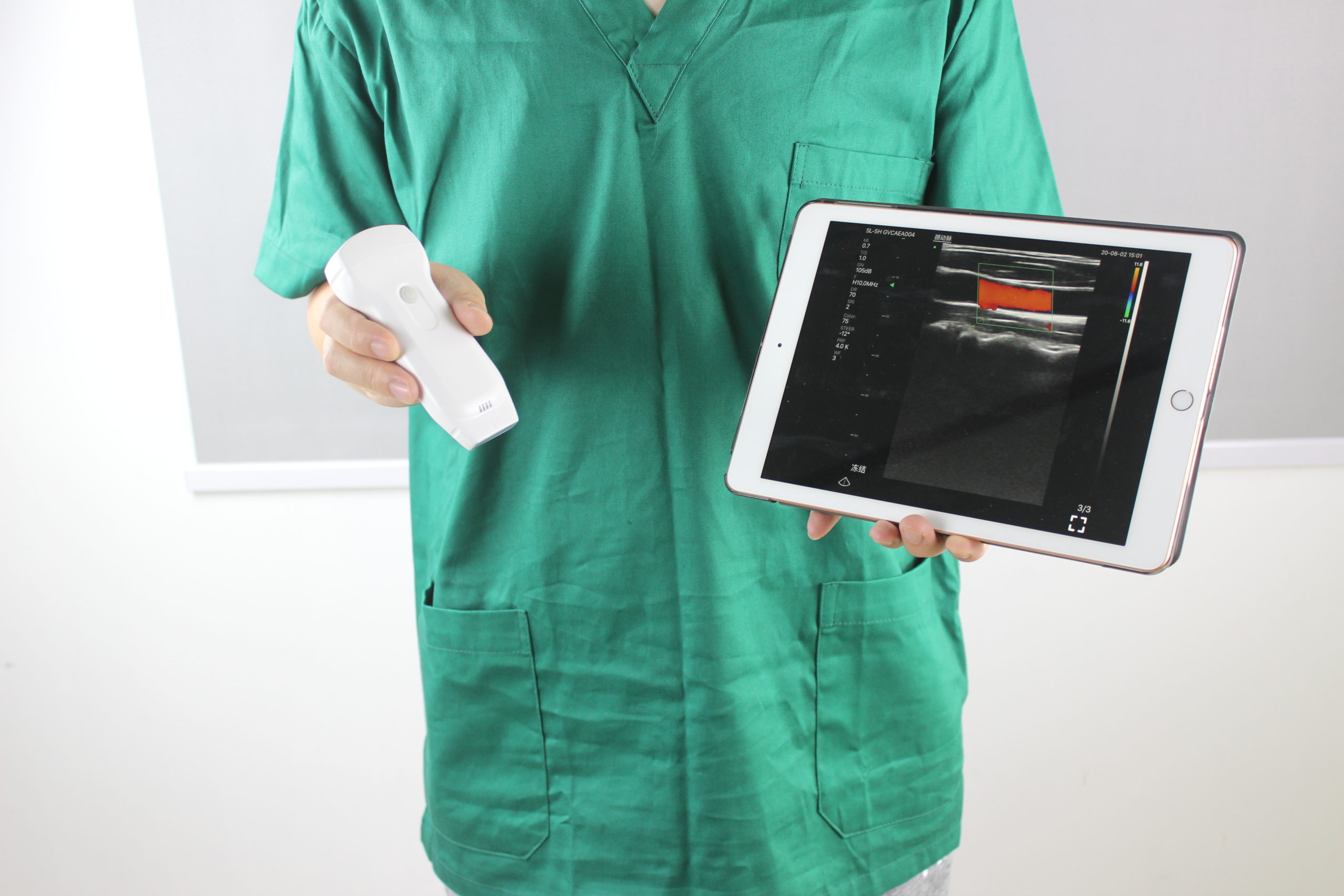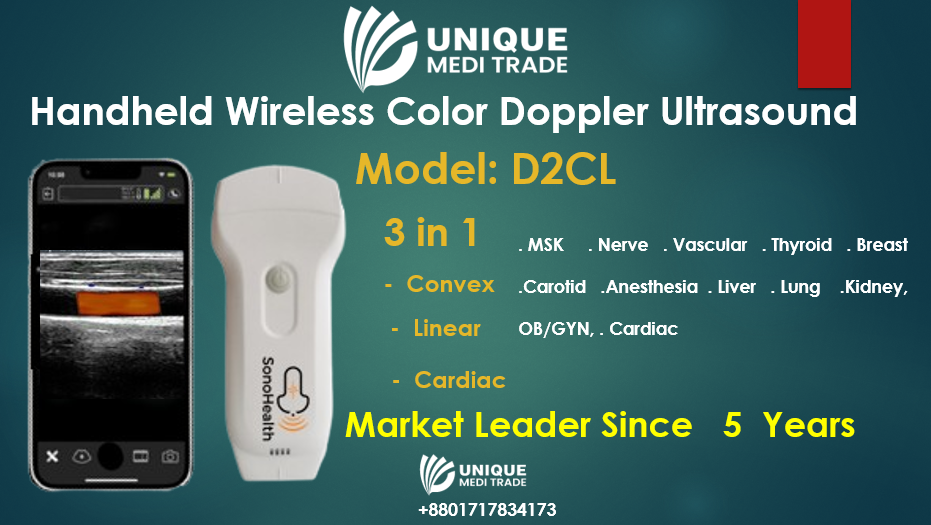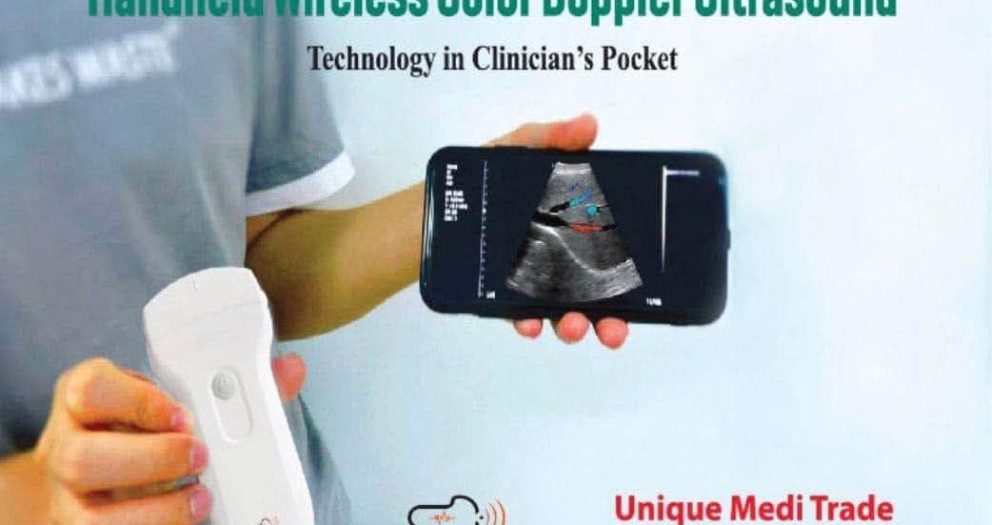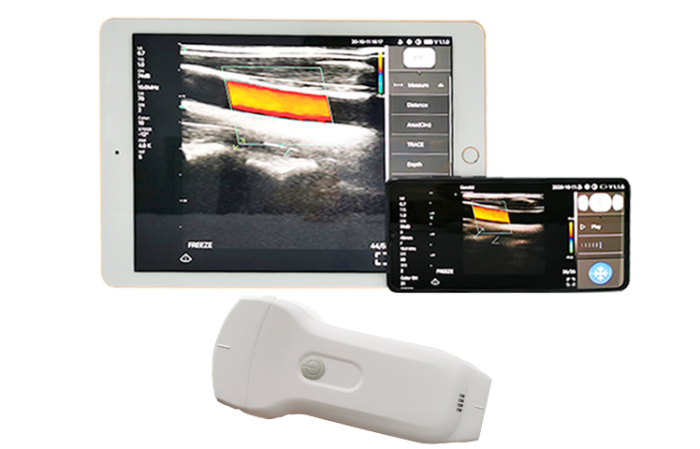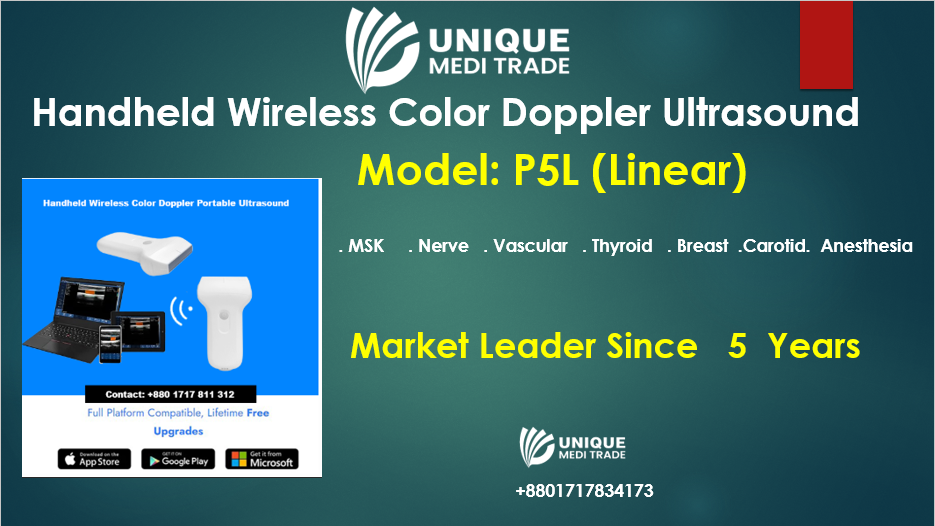Handheld ultrasound devices are quickly gaining popularity and may soon replace the traditional stethoscope as the go-to diagnostic tool for many medical professionals. These devices use sound waves to create real-time images of internal organs, blood vessels, and other structures in the body, providing doctors with a more detailed understanding of a patient’s condition.
Compared to the stethoscope, handheld ultrasound devices offer several advantages. They are more accurate, providing a visual representation of the patient’s internal organs and tissues rather than relying solely on the sounds made by the body. They are also more portable and affordable than traditional ultrasound machines, and they are easier to use, which means that medical professionals who may not have specialized training in ultrasound can use them to diagnose conditions quickly and accurately.
Handheld ultrasound devices have many potential applications in medicine. For example, they can be used to diagnose a wide range of conditions, from abdominal pain and respiratory infections to heart disease and blood clots. They can also be used to guide medical procedures, such as biopsies, catheter placements, and joint injections.
While handheld ultrasound devices have many advantages, it is important to note that they are not a replacement for all diagnostic tools. The stethoscope still has an important role to play in diagnosing certain conditions, and some conditions may require more advanced imaging techniques.
Overall, handheld ultrasound devices are an exciting development in the field of medicine, and they have the potential to improve the accuracy and efficiency of medical diagnosis in the future. As the technology continues to advance, it is likely that handheld ultrasound devices will become even more widely used, potentially changing the way that doctors diagnose and treat patients.

